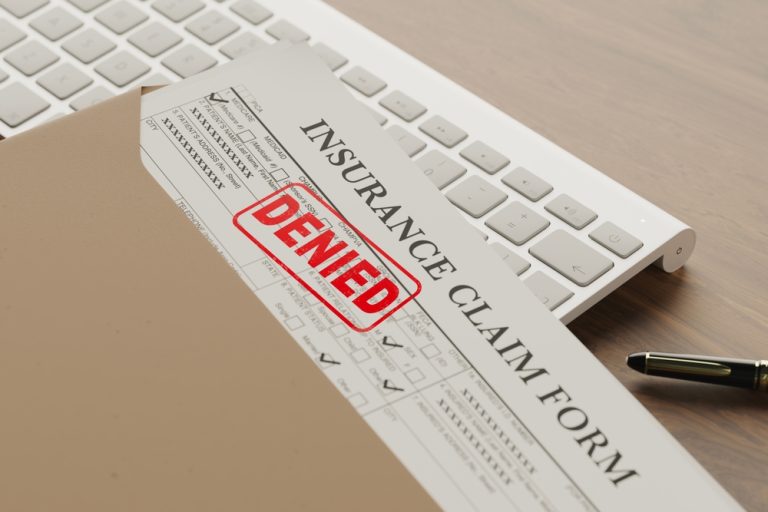RumbergerKirk Wins Another Summary Judgment for Carrier in Limited Water Damage Endorsement Case
RumbergerKirk Wins Another Summary Judgment for Carrier in Limited Water Damage Endorsement Case
Given the rise of cast iron pipe lawsuits in the state of Florida, RumbergerKirk’s recent summary judgment victory upholding a carrier’s limited water damage endorsement is a welcomed change for insurance carriers. It is the firm’s second summary judgment victory this year, enforcing limited water damage endorsements for carriers. These endorsements have become somewhat mainstream in Florida homeowners policies. The intent is to reduce premium costs for insureds, decrease the filing of excessive water damage claims, and to presumably reduce unnecessary litigation costs. Most of the endorsements limit coverage to $10,000 for damage caused by water from a plumbing system, including the cost of tear out.
The issue, however, is that trial courts around the state of Florida have been invalidating and/or narrowing the scope of these endorsements, relying on arguments fashioned by Plaintiff’s bar that the endorsements are either vague, ambiguous, or expressly do not include the cost of tear out and/or other fringe policy benefits. To add insult to injury, because there is typically no final order entered, carriers do not have immediate recourse to appeal the court’s ruling. Instead, even in situations where carriers have paid the $10,000 limit pre-suit, they are forced to litigate the case through to trial. As a result, given the risks associated with trial, a judgment invalidating the endorsement(s) usually results in increased litigation costs and/or settlement of the case on unfavorable terms to the carrier. However, given RumbergerKirk’s recent victories, there appears to be a trend at the trial court level towards enforcing these endorsements.
In this case, the carrier had a single water damage coverage endorsement.[1] The endorsement limited coverage to $10,000, for direct physical damage caused by sudden and accidental discharge or overflow of water from within a plumbing system. It included the cost of tearing out and replacing any part of the building necessary to repair the system from which the discharge occurred. Plaintiff also received a $153.00 premium credit in exchange for the endorsement. Plaintiff experienced a water loss, and the carrier issued coverage for approximately $1,200. As a result of the water loss, the carrier moved for partial summary to limit damages in this case to $10,000, pursuant to the policy’s limited water damage endorsement. Plaintiff filed a cross-motion for summary judgment, seeking to invalidate the endorsement.
At the hearing, the carrier argued the endorsement was clear and unambiguous, outlining numerous recent appellate cases validating similar water damage endorsements on appeal. See Certain Interested Underwriters at Lloyd’s London vs. Pitu, Inc., 95 So. 3d 290 (Fla. 3d DCA 2012) (reversing a $1.2 million verdict, finding the policy expressly limited recovery for water damage to $25,000); Archer v. Tower Hill, 313 So. 3d 645 (Fla. 4th DCA 2021) (affirming trial court’s grant of summary judgment, in part, because the water damage exclusion endorsement was clear and unambiguous and, thus, barred coverage for the claimed plumbing leak); and Dodge v. Peoples Trust, 321 So. 3d 831 (Fla. 4th DCA 2021) (holding rust and corrosion to pipes was act of nature that triggered $10,000 limit on insurer’s liability under water damage exclusion in homeowner’s insurance policy). While numerous trial court’s have invalidated and/or limited these endorsements, it is important to note that there is no appellate case law invalidating water damage endorsements.
Nevertheless, in response, Plaintiff argued the endorsement was ambiguous, claiming the policy distinguishes between two different types of water losses—a 2.c.(5) “accidental discharge” loss and 2.c.(6) “wear and tear” loss. Plaintiff argued that because the endorsement had similar lead-in language to the 2.c.(5) “accidental discharge” provision, it only limited 2.c.(5) losses, and does not limit 2.c.(6) “wear and tear” losses. Plaintiff claimed the loss was caused be wear and tear, not accidental discharge. Due to the purported ambiguity, Plaintiff sought damages in excess of $10,000. In a detailed order, the court ruled the carrier’s endorsement was clear and unambiguous, limiting damages to $10,000. As a result, the court denied Plaintiff’s cross-motion.
The court’s ruling follows the appellate trend of validating these limited water damage endorsements. Moving forward, where appropriate, carriers could use the steps outlined above when seeking summary judgment in similar cases.
[1] Some carriers have two water damage endorsements—one endorsement that excludes all water damage resulting from a plumbing system, and another endorsement that rolls coverage back on, but limits liability to $10,000.






